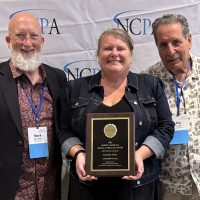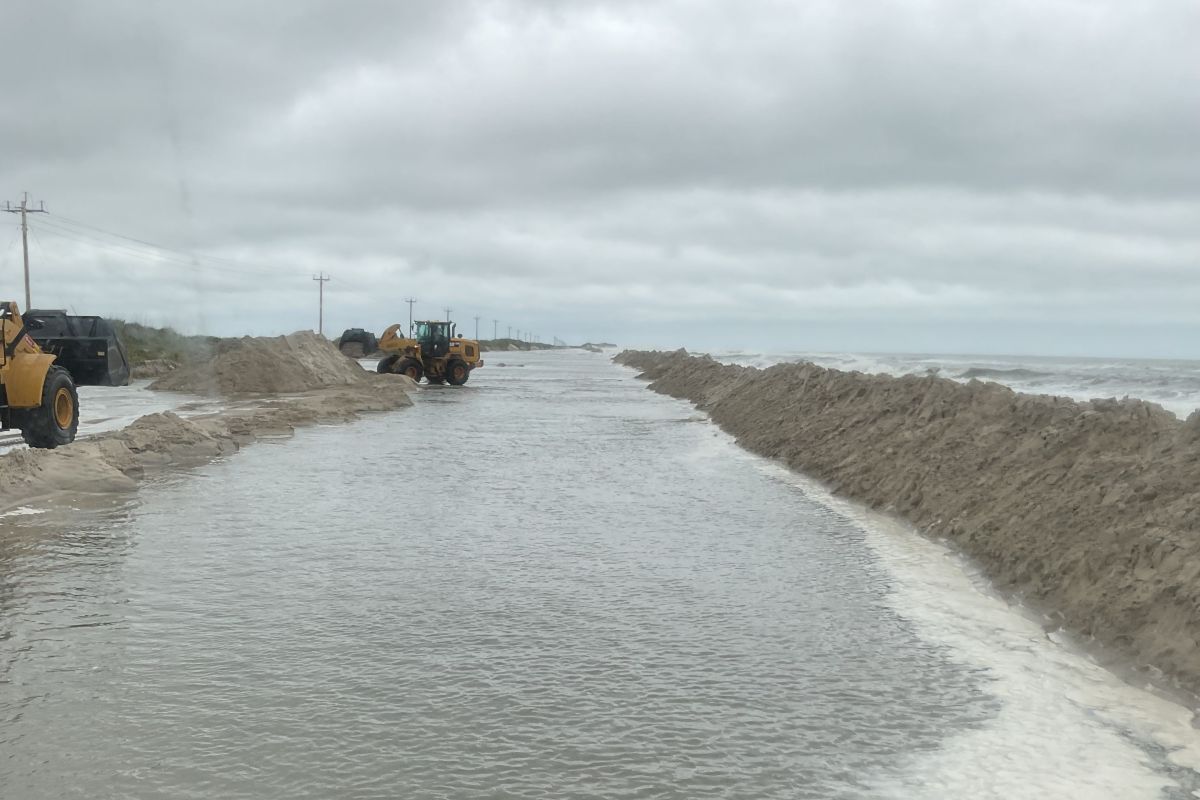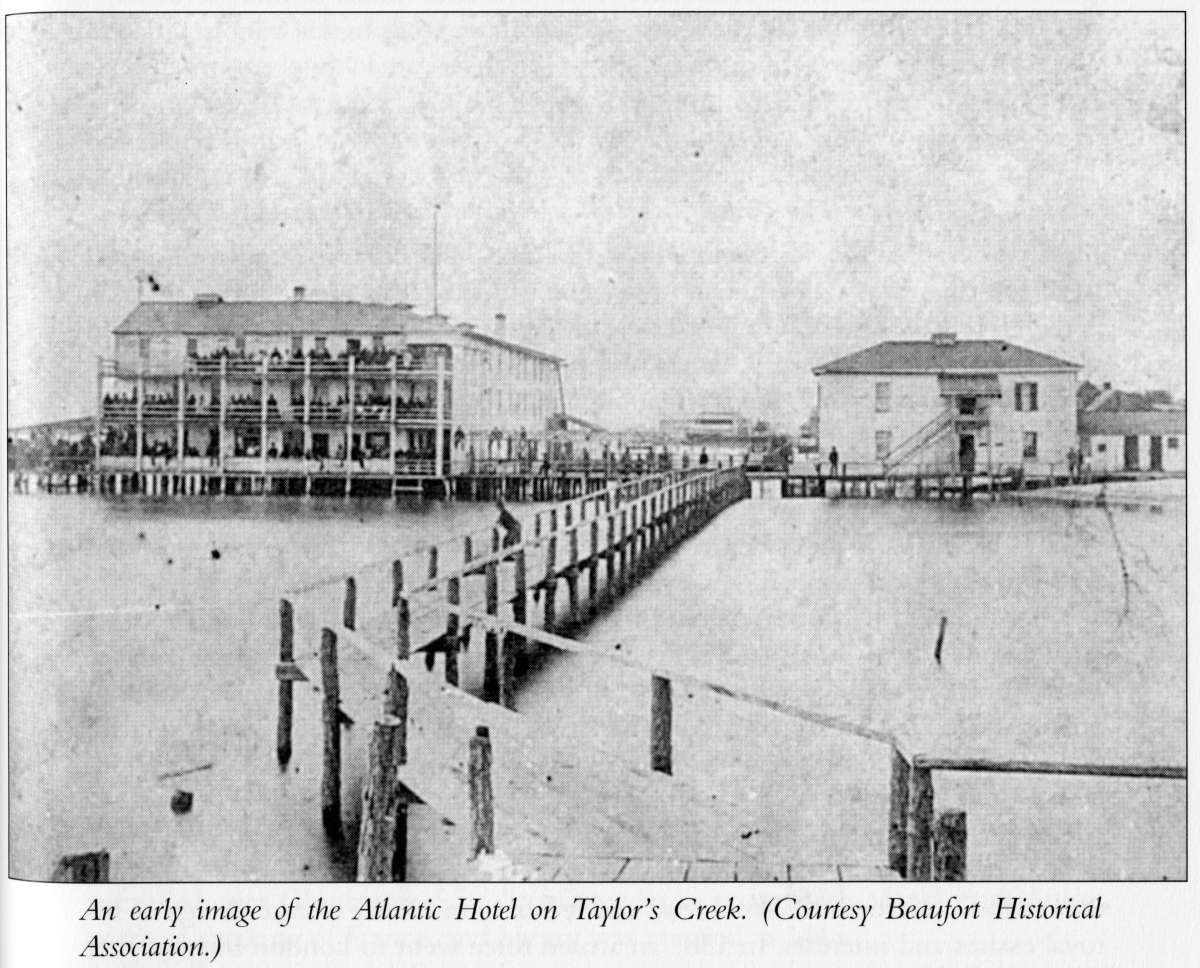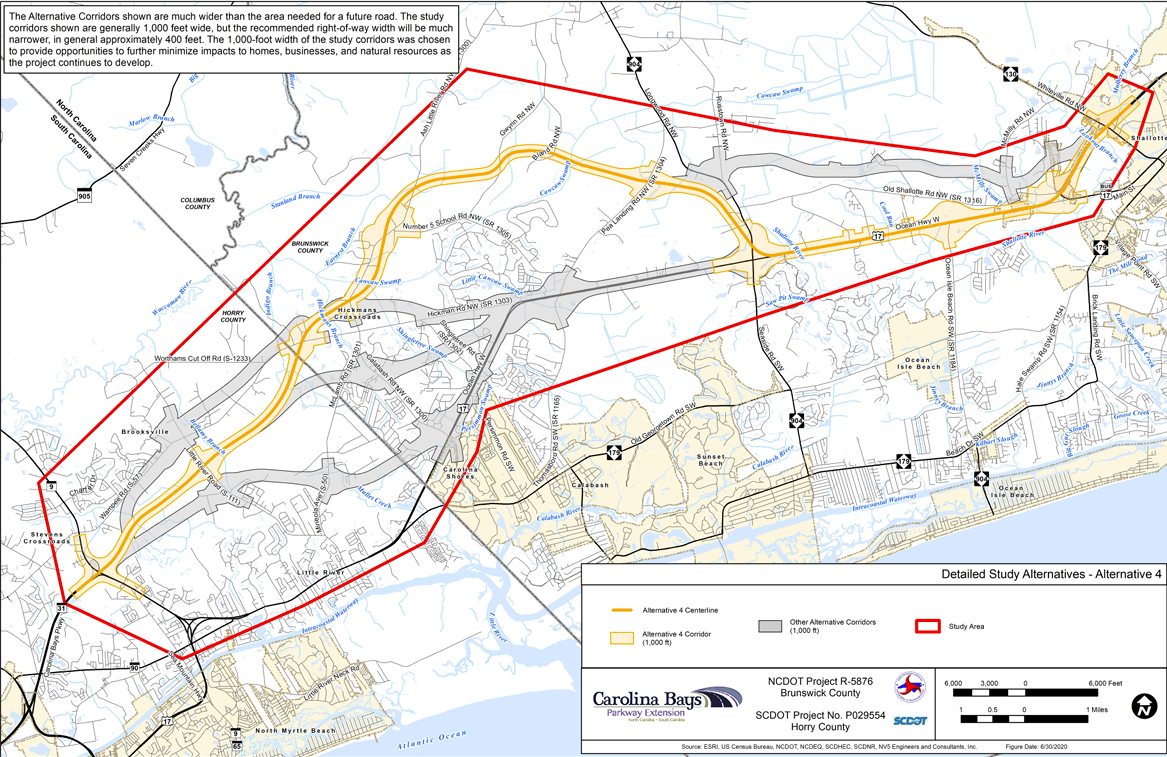WILMINGTON – Thirty years ago, Todd Miller returned to coastal North Carolina with an idea.
He had grown up along Bogue Sound in what was then rural Carteret County. He had fished its bountiful waters, played in the lush maritime forests that lined its shores. He had also sailed across the sound to the relatively undeveloped Bogue Banks and had watched as the wild dunes and thick forests were turned into housing developments and shopping malls.
Supporter Spotlight
Fresh from Chapel Hill, Miller arrived back home in 1982 with a degree and a desire. He didn’t want to see the land and water he so cherished despoiled by development. He didn’t think others wanted that either. So Miller started the N.C. Coastal Federation from the back of his home in Ocean. He had a simple premise: People of goodwill and good sense could be brought together in the common cause of protecting the coast.
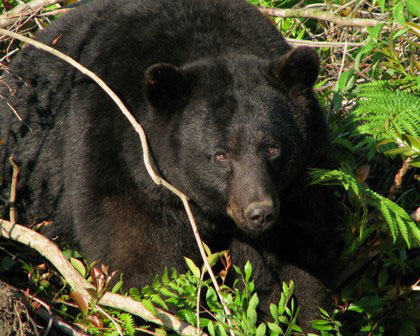 Black bear now roam wildlife refuges that were developers want to mine for peat. |
The formula has worked remarkably well in the 30 years since. During that time, the federation has grown into one of the most effective environmental organizations in North Carolina, maybe in the country.
“This year the Coastal Federation celebrates 30 years of work,” Miller told a packed house last night at the Lumina Theater on the campus of the University of North Carolina-Wilmington. “It’s hard to believe that we’ve grown from a small office in my home in Ocean, North Carolina, to an organization with 10,000 members, a staff of 21 and three offices – in Wrightsville Beach, Ocean and in Manteo.”
People gathered last night at UNCW for the debut of a documentary that marks the federation’s anniversary by celebrating the works of hundreds of ordinary people who banded together to protect the coast’s water and landscapes.
“Habitats, Heroes & Hallelujah: Stories of Hope for the North Carolina Coast” focuses on three campaigns that the federation waged over the years. Two resulted in some of the greatest conservation victories in North Carolina and the other aims to protect a river. All involve the work of many people.
Supporter Spotlight
“Over the years, I’ve learned that everyday people can make an extraordinary difference,” said Miller, still the federation’s executive director. “We wanted to make this film to show just how effective an individual or small group of people can be when it comes to protecting and restoring the coast.”
The film was co-produced by the federation and UNCW’s Department of Media Production. Bland Simpson narrates the film. He’s a creative writing professor at the University of North Carolina-Chapel Hill and is well-known on UNC-TV where he has hosted several program. Simpson is also a federation board member.
While it focuses on the three projects, the documentary is also part travelogue, taking viewers on a tour of the natural features unique to different regions of the coast. It offers suggestions on places to visit to explore those features and even where people can go to grab a bite to eat or experience local culture.
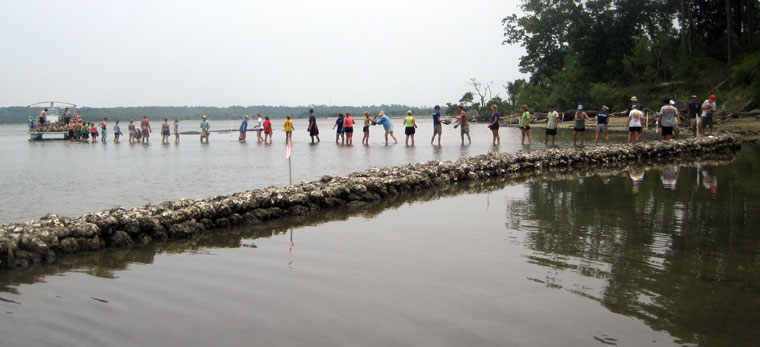 Volunteers help build an oyster reef in the White Oak River. |
The film opens along the northeast coast where the federation had its earliest and, maybe, greatest success. Strip miners had proposed mining the region’s rich peat soil to turn into methanol for fuel. Then the federation’s only staff member, Miller crisscrossed the region alerting commercial fishermen and residents to the proposal’s environmental dangers. Thousands of people rallied against the project in a protest that garnered nationwide media attention. The proposal was eventually dropped, and the land is now protected in a string of wildlife refuges that harbor black bear, endangered wolves and great flocks of wintering waterfowl.
The area is still remote, noted Dustin Miller, the director of UNCW’s Department of Media Production, and presented the greatest challenges to the film crew, which worked for two years on the project. They almost ran out of gas in Hyde County before sputtering into the only gas station in Engelhard, he noted. Miller also remembered the mosquitos, which were ferocious and the mucky peat, which was embracing.
“We experienced peat in the best way possible, which is knee deep,” said Dustin Miller, who is no relation to Todd Miller.
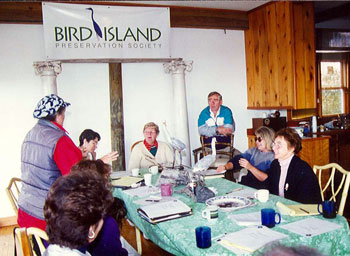 Local people fought for a decade to save Bird Island. |
The middle of the film is devoted to the White Oak River, a small river that flows through Jones, Onslow and Carteret counties in the central portion of the coast. Polluted runoff affects more than two-thirds of the oyster and clam beds in the river, but the federation had helped protect thousands of acres along the White Oak. Each year, hundreds of people pitch in to build oysters reefs in the river or restore marshes that line its shore.
The documentary closes on the last bit of sand in North Carolina and features the local people responsible for saving Bird Island, which is now part of Sunset Beach. The federation helped them in their 10-year effort to ward developers who wanted to build a marina and subdivision on the uninhabited island. The land is now preserved as part of the state’s Coastal Reserve and attracts thousands of tourists each summer.
“What was really memorable was to get in these little pockets of North Carolina and learn about the beauty that’s just off the highways that you never see,” Dustin Miller said. “I had no idea of the diversity of the wildlife and habitats that existed in Eastern North Carolina.”
And that’s worth celebrating.
The federation plans to show the documentary throughout the year as part of its anniversary observance. The next scheduled showing is April 25 at the Outer Banks Brewing Station in Kill Devil Hills. Check the Events Calendar throughout the year for other showings.

